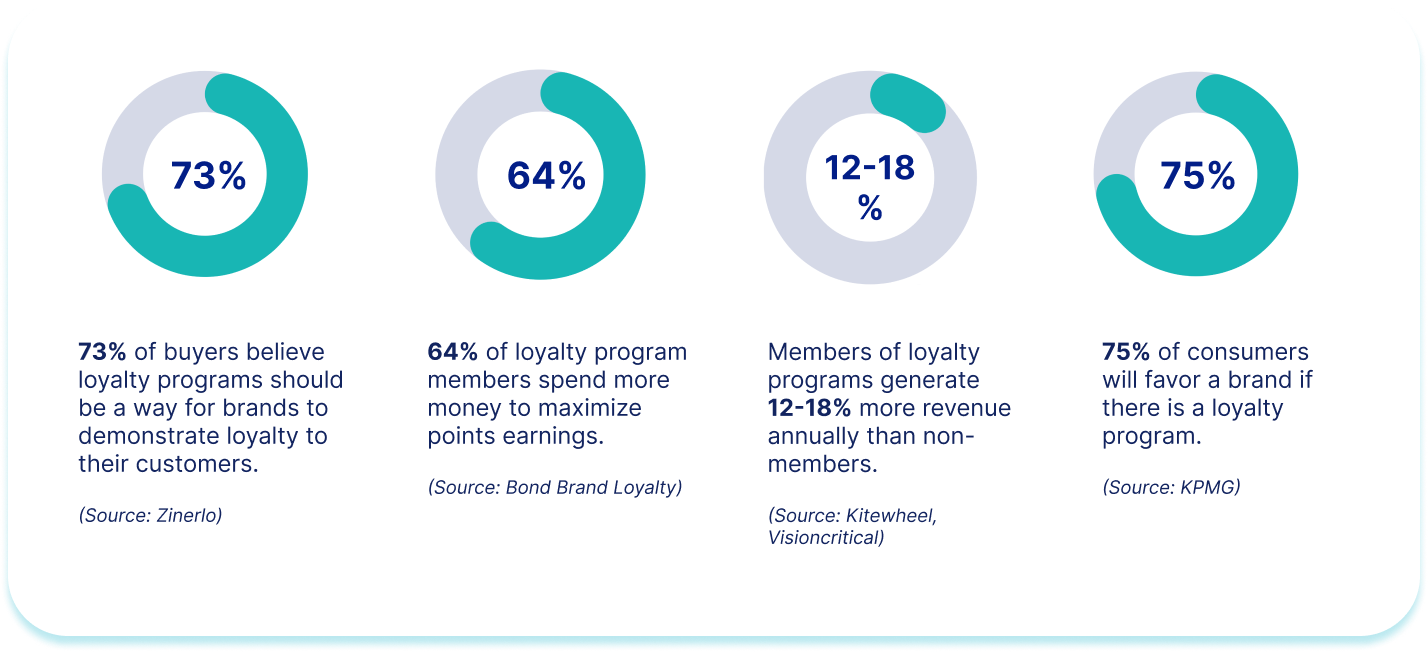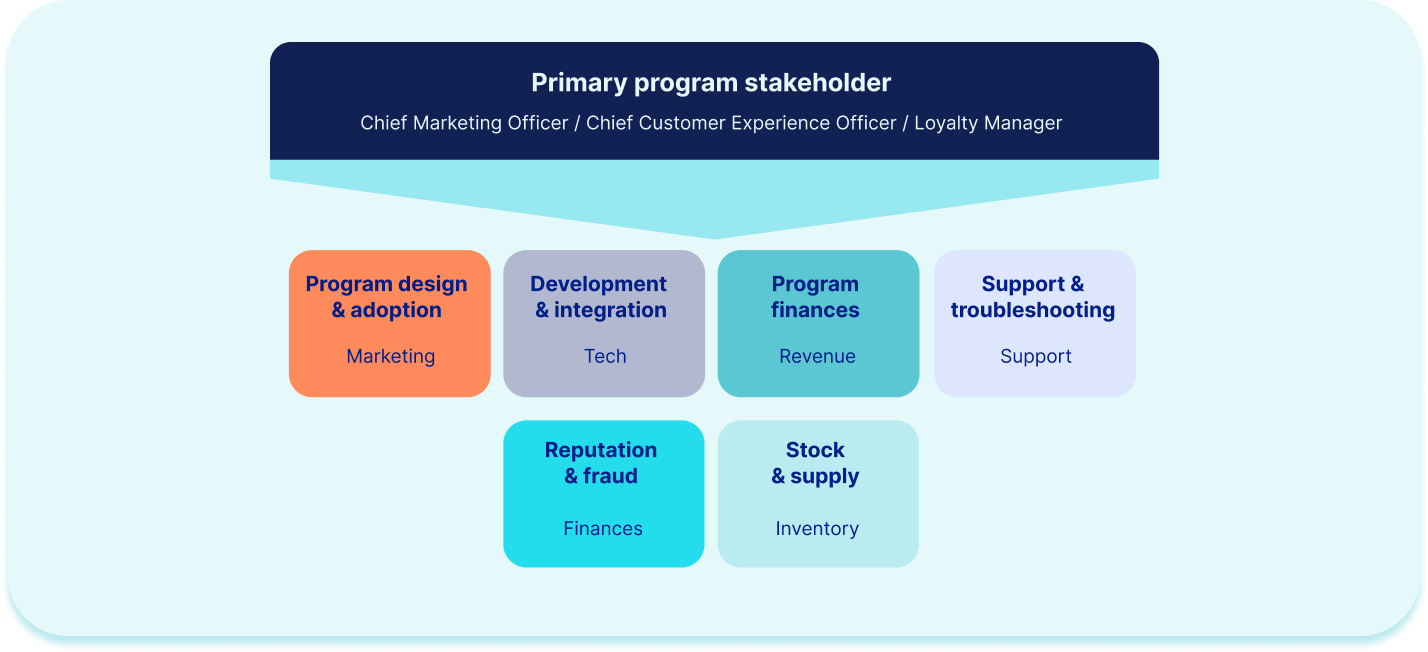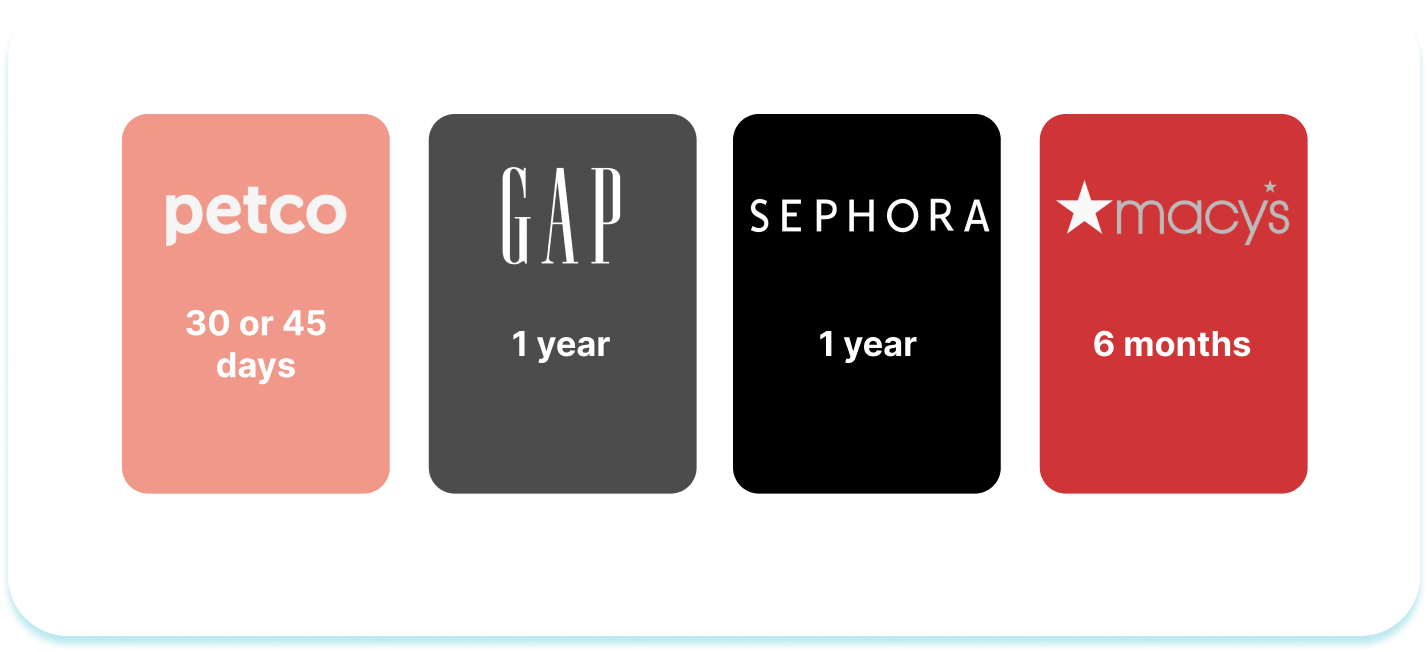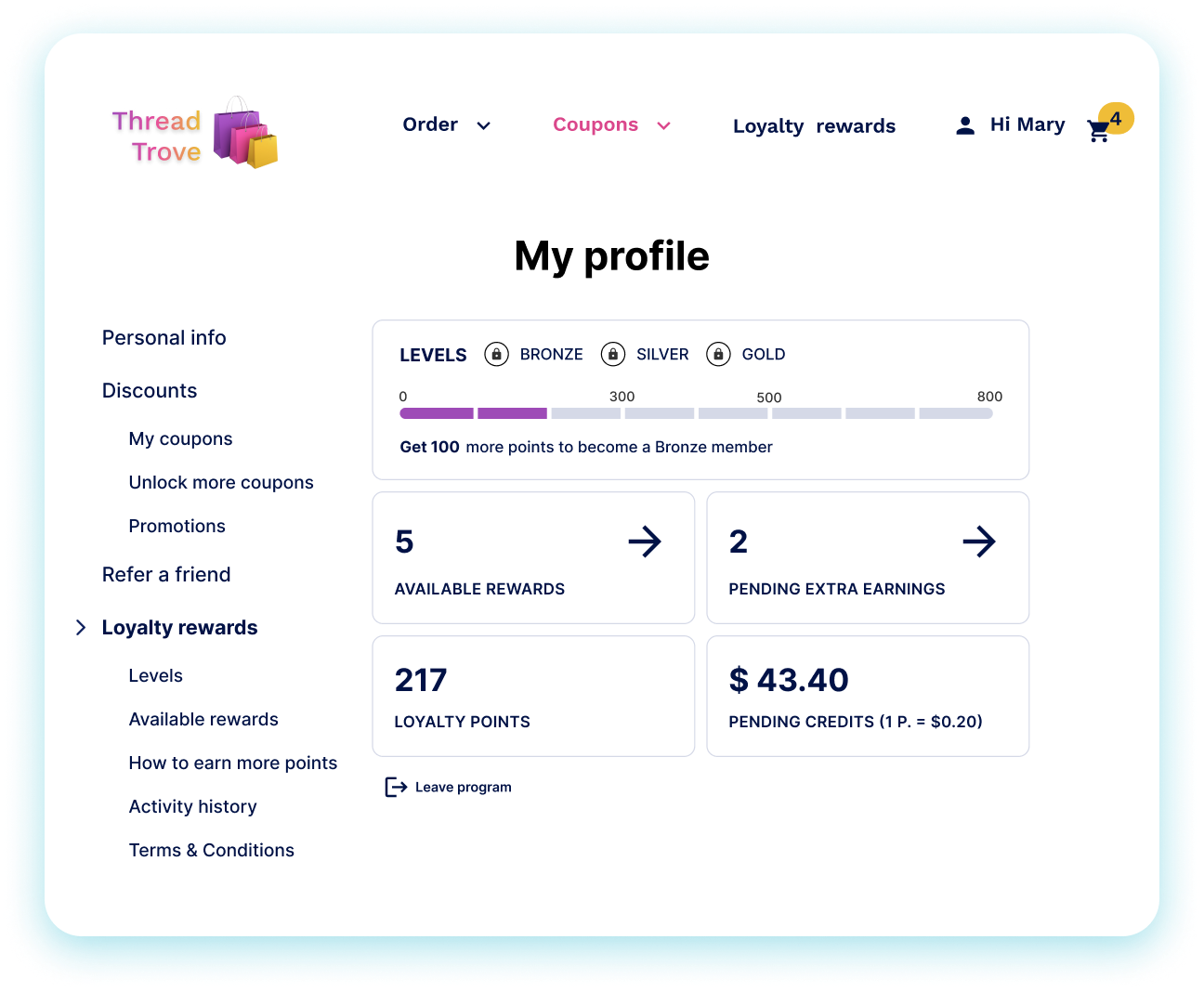
With 75% of consumers admitting to favoring a brand with a loyalty program (KPMG), businesses can no longer sleep on building retention programs. But not all loyalty programs are created equal – to make an impression, you need a flexible, personalized, and omnichannel loyalty program that’s both stimulating and rewarding.
This guide will help you create a loyalty program that differentiates your brand. Let’s start with the operations behind designing and running a loyalty program and finish with a heavy handful of best practices and inspirations.
Creating a customer loyalty program is a strategic move that can yield numerous benefits for your brand. Here are some examples of how rewards programs move the needle:

Creating a successful loyalty program involves more than just offering rewards. It requires careful planning, understanding of your customers, and efficient operations. Here are key considerations to keep in mind before you build your loyalty program:
Working together across teams is key to a successful loyalty program. When you plan and assign tasks carefully, everyone knows their role and what to do. This will help you implement the program smoothly without sudden pushback from revenue or tech teams.

Running a rewards program can be pricey. You need to consider the cost of building and maintaining the necessary infrastructure and software, whether you do it in-house or buy a pre-made solution. Both your IT and marketing teams will have to dedicate time and resources to keeping the program running smoothly. To make things more efficient, a loyalty program should try to limit its need for IT support as much as possible.
Here are some features that should make your life easier:
Now, that we’ve gone over the baseline, let’s go over the loyalty program design step-by-step.
The heart of a successful loyalty program lies in choosing the right incentives and mechanisms. Whether it’s points, tiers, or rewards, selecting a program that aligns with your business and resonates with your customers is essential.
Here are some of the most popular loyalty frameworks:
The next step in developing a loyalty program is crafting its narrative, which includes choosing a name, defining levels, naming those levels, and establishing a tone of voice. The program's name is crucial as it is the first thing customers will see, so it should be connected to your brand and feel exclusive. For example, creative names like Sephora Insider make the program feel special, and naming the currency (e.g., Style Points or Glamour Gems) can add a unique touch.

Terms and conditions are essential for any loyalty program to ensure transparency and high participation rates. While they might not be the most exciting aspect, clear program rules are crucial. Given the complexity, it's wise to consult a legal advisor, especially regarding data privacy laws like GDPR or CAN-SPAM.
Another thing is your enrollment strategy. Decide if your program will be exclusive and invitation-only, like Easyjet’s Flight Club, where customers are invited based on their spending. Alternatively, for an inclusive program, define how customers can join, such as by default after a first purchase, after spending a certain amount, filling out a form, or subscribing to a newsletter. The approach depends on your target audience and desired behaviors.
Effectively managing customer data is the backbone of any successful loyalty program. By collecting, analyzing, and leveraging customer insights, you can personalize experiences, tailor rewards, and enhance engagement. But it’s not all sunshine – dealing with sensitive information requires robust data management policies and trusted partners, such as CRM and CDP platforms (Segment, mParticle, Braze).
To clear up your strategy around data management, answer the following:
Based on your answers, update your Privacy Policy and FAQs accordingly to match the type and frequency of personal data operations. You should also prepare processes for inactive & fraudulent accounts termination.
The fun part comes after the dreadful data management episode – defining how members earn rewards. Instead of only rewarding purchases, include different ways to earn points to make the program more interesting. Encourage customer engagement by offering incentives for various activities to boost overall interaction with your brand, such as:
Here is a cheat sheet on how to refine and battle-test your earning rules:
Do your rules seem too dull? Here are some ways to spice them up:
Tiers are optional membership levels in a loyalty program that help distinguish between varying levels of customer loyalty and customer lifetime value (CLV). Tiers can be set based on the number of purchases, amount spent, years as a customer, or other factors, with annual spending or points collected being the most common criteria.
Each tier can offer different types and values of rewards, such as special services, early access to new products, or access to limited editions for VIP customers. Additionally, the number of points awarded per dollar spent can increase with higher tiers.
The loyalty program rules that apply to each tier could differ in various ways:
Design loyalty rewards with your customers in mind by offering valuable incentives they truly desire, not unwanted stock. But remember that simplicity is key – don't overwhelm customers with excessive choices, as this can lead to indecision.
Here are some examples of rewards you can offer in your customer loyalty program:
Reward structures can vary – direct rewards can be granted for specific actions, while point systems offer flexibility with wider reward catalogs. Some programs even allow points to be cashed out for money. The best approach depends on your audience and goals.
In general, loyalty rewards are categorized into three sets: technology- and service-based rewards, value-based rewards, and emotional-based rewards.

To find the most suitable rewards structure, I recommended placing your rewards on a matrix to see which rewards bring the highest/lowest differentiation and which have the highest/lowest direct impact on loyalty.

Another thing to consider is the rewards redemption and instant loyalty gratification. Your loyalty solutions should be designed to allow for fast points redemption, speedy reward delivery, and points conversion. The longer customers need to wait for the fruits of their loyalty towards your company, the more annoyed they will be.
There are 4 ways you can go about redeeming loyalty points for rewards:
Businesses should address loyalty program logistics for both online and offline shopping. For brick-and-mortar stores, consider how customers will redeem rewards, such as through physical loyalty cards or offline-capable mobile apps. Clearly inform customers about redemption methods and limitations to prevent frustration and reduce customer service calls.
Define how and when members earn and spend points or claim rewards. These rules can limit earning based on factors like customer segment, cart contents, or specific buying situations. For instance, you could offer movie tickets only to US customers based on a partnership with a cinema chain. Similarly, you could award double points for purchases that include perfume to encourage specific categories.
Loyalty rewards can carry multiple additional limits to protect your budget better, such as expiration date, stacking policy, application hierarchy, minimum spend threshold, or other usage limits. Take a look at the table below to get the full picture:
.png)
A sense of urgency is crucial for the success of loyalty campaigns. Features like expiry dates on coupons and points motivate shoppers to act. Configure expiry dates in loyalty program software to ensure points and rewards can't be used post-expiration.

You should think of the following building blocks of a standout loyalty experience:

Besides messages advertising your customer loyalty program, you should also think about the notifications for the existing program users. You could notify them about crucial loyalty moments:
Which channels to use? The world is your oyster with a rich selection of media:
If you use distribution channels like email, SMS, or other messages, you should craft an appealing copy and visuals to encourage customers to join the program and earn the rewards. You can prepare a couple of versions and A/B test them to see which one has the highest open and click-through rates.
Designing and creating a customer loyalty program involves extensive customer research and internal coordination to establish the best conditions and rewards. Building a loyalty program management system internally can be a lengthy process, potentially taking months or years.